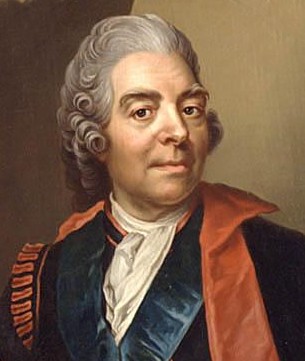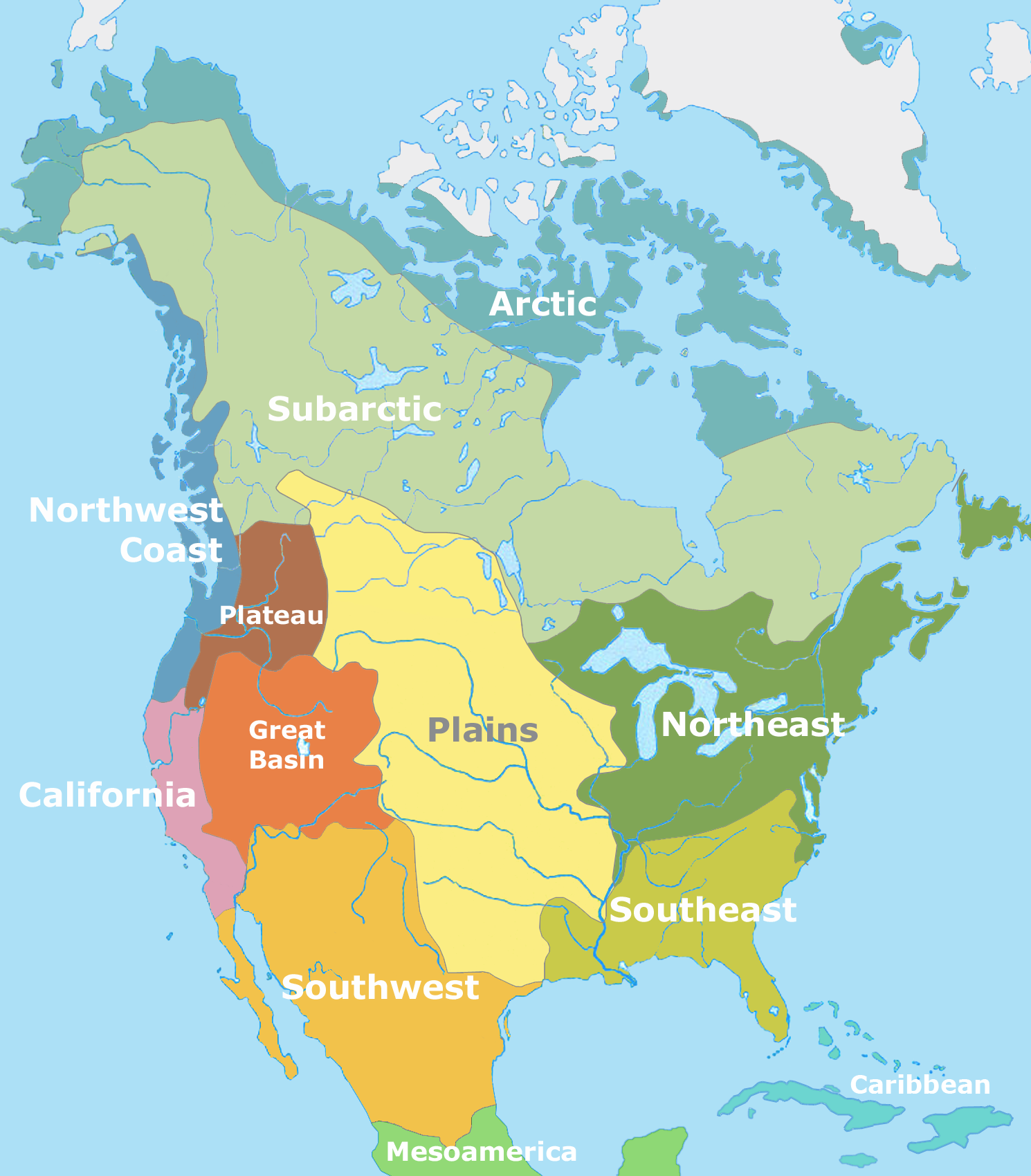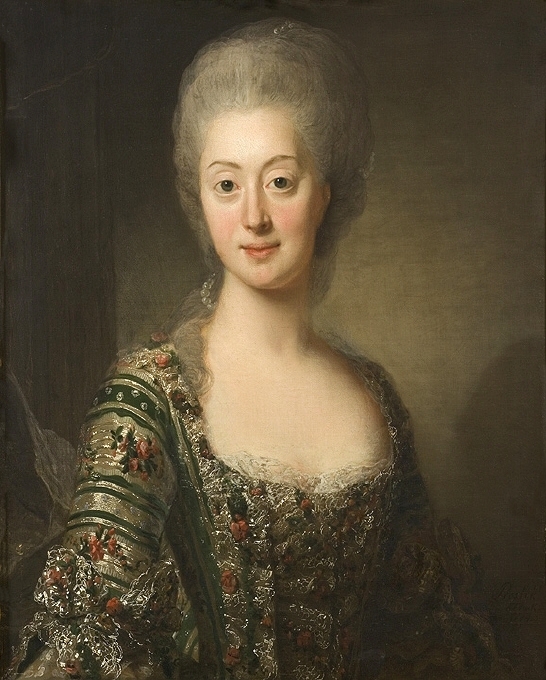|
Gustav Badin
Adolf Ludvig Gustav Fredrik Albert Badin (né Couchi; 1747 or 1750 – 1822), known as Badin, was a Swedish court servant (Kammermohr) and diarist. Originally a slave, he was the foster son and servant of Queen Louisa Ulrika of Sweden and a servant to his foster sister Princess Sophia Albertine of Sweden. His original name was Couchi, but he was commonly known as ''Badin'' ('mischief-maker' or 'trickster'). Early life The date of his birth is not confirmed. 1747 is a traditional year of his birth, but within the court and the Timmerman Order, the year was registered as 1750, and this is considered more correct by modern historians. Badin was born either in Africa or in the Danish island Saint Croix. He himself said that the only thing he remembered about his past was his parents' hut burning, but it is not known whether this happened in Africa or in Saint Croix. It is known that he lived in the Danish island of Saint Croix as a slave during his childhood. He was taken to E ... [...More Info...] [...Related Items...] OR: [Wikipedia] [Google] [Baidu] [Amazon] |
Gustaf Lundberg
Gustaf Lundberg (17 August 1695 – 18 March 1786) was a Swedish rococo pastelist and portrait painter. He trained and worked in Paris and later was appointed court portrait painter in Stockholm. Biography Lundberg was born in Stockholm, Sweden, son of royal chef Gustaf Lundberg and his wife Sabina Richter, whose family included successful artists. Orphaned at an early age, he was raised by his grandfather, Fredrik Richter, who was a goldsmith. Lundberg was later apprenticed to German-Swedish painter David von Krafft (1655–1724) in 1712. In 1717, Lundberg traveled to Paris, where he studied with Hyacinthe Rigaud (1659–1743), Nicolas de Largillière (1656–1746) and Jean-François de Troy (1679–1752). The determining influence was the Venetian painting, Venetian painter Rosalba Carriera (1675–1757), who lived in Paris from 1720 to 1721. Afterwards, Lundberg established himself as one of the leading portrait painters in Paris. He painted Louis XV and his Queen Marie Leszcz ... [...More Info...] [...Related Items...] OR: [Wikipedia] [Google] [Baidu] [Amazon] |
Drottningholm Palace
Drottningholm Palace (), or Drottningholm, one of Sweden's royal palaces, situated near Sweden's capital Stockholm, is the private residence of the Swedish royal family. Located on Lovön island in Stockholm County's Ekerö Municipality, it was built in the late 17th century and was a regular summer residence of the Swedish royal court through most of the 18th century. Drottningholm Palace is a popular tourist attraction. History Origin The name ''Drottningholm'' (literally meaning "Queen's islet") came from the original renaissance building designed by Willem Boy, a stone palace built by John III of Sweden in 1580 for his queen, Catherine Jagiellon. This palace was preceded by a royal mansion called ''Torvesund''. The Queen Dowager Regent Hedwig Eleonora bought the castle throughout 1661, a year after her role as queen of Sweden ended, but it burnt to the ground on 30 December that same year. Hedwig Eleonora engaged the architect Nicodemus Tessin the Elder to ... [...More Info...] [...Related Items...] OR: [Wikipedia] [Google] [Baidu] [Amazon] |
Native Americans In The United States
Native Americans (also called American Indians, First Americans, or Indigenous Americans) are the Indigenous peoples of the Americas, Indigenous peoples of the United States, particularly of the Contiguous United States, lower 48 states and Alaska. They may also include any Americans whose origins lie in any of the indigenous peoples of North or South America. The United States Census Bureau publishes data about "American Indians and Alaska Natives", whom it defines as anyone "having origins in any of the original peoples of North and South America ... and who maintains tribal affiliation or community attachment". The census does not, however, enumerate "Native Americans" as such, noting that the latter term can encompass a broader set of groups, e.g. Native Hawaiians, which it tabulates separately. The European colonization of the Americas from 1492 resulted in a Population history of Indigenous peoples of the Americas, precipitous decline in the size of the Native American ... [...More Info...] [...Related Items...] OR: [Wikipedia] [Google] [Baidu] [Amazon] |
Småland
Småland () is a historical Provinces of Sweden, province () in southern Sweden. Småland borders Blekinge, Scania, Halland, Västergötland, Östergötland and the island Öland in the Baltic Sea. The name ''Småland'' literally means "small lands", referring to many small historic provinces from which it was composed. The Latinized form has been used in other languages. The highest point in Småland is Tomtabacken, at 377 metres (1,237 ft). In terms of total area, Småland is similar in size to Belgium and Israel. Administration Whilst the traditional provinces of Sweden no longer serve any governmental purpose ''per se'', they do retain historical and cultural importance. The province of Småland today is divided almost entirely into the three administrative Counties of Sweden, counties of Jönköping County, Jönköping, Kalmar County, Kalmar, and Kronoberg County, Kronoberg. Some few small portions of historic Småland are situated in Halland County, Halland and Öst ... [...More Info...] [...Related Items...] OR: [Wikipedia] [Google] [Baidu] [Amazon] |
Freemason
Freemasonry (sometimes spelled Free-Masonry) consists of fraternal groups that trace their origins to the medieval guilds of stonemasons. Freemasonry is the oldest secular fraternity in the world and among the oldest still-existing organizations in history. Modern Freemasonry broadly consists of three main traditions: *Anglo-American Freemasonry, Anglo-American style Freemasonry, which insists that a "volume of sacred law", such as the Bible, Quran, or other religious text be open in a working Masonic lodge, lodge, that every member professes belief in a God, supreme being, that only men be admitted, and discussion of religion or politics does not take place within the lodge. *Continental Freemasonry or Liberal Freemasonry which has continued to evolve beyond these restrictions, particularly regarding religious belief and political discussion. *Co-Freemasonry, Women Freemasonry or Co-Freemasonry, which includes organizations that either admit women exclusively (such as the Ord ... [...More Info...] [...Related Items...] OR: [Wikipedia] [Google] [Baidu] [Amazon] |
Par Bricole
Par Bricole is a Swedish Bacchanalian order society for men only, founded in Stockholm on 15 May 1779 in Källaren Kejsarkronan at Drottninggatan 6. The main sources of inspiration were the Freemasons and Carl Michael Bellman's sayings about Bacchus. The name Par Bricole comes from a French billiards term, meaning "with bounce". Within the society, it is traditionally and a bit improperly interpreted instead as "by chance", actually "by detours", "indirectly", and is usually abbreviated "P.B." Par Bricole's mother lodge is still in Stockholm and is housed in the order's "tribal house" Bellmanhuset by Urvädersgränd. The order also has subsidiary lodges in Gothenburg (Göta Par Bricole), Vänersborg, Borås, Malmö, Jönköping, Sundsvall, and Örebro. Prehistory The first origin of the society was in a small circle of cheerful associates (among them Carl Israel Hallman), for whom the poet Carl Michael Bellman preferred his parody-humorous Acts concerning the Order of B ... [...More Info...] [...Related Items...] OR: [Wikipedia] [Google] [Baidu] [Amazon] |
Assessor (law)
In some jurisdictions, an assessor is a judge's or magistrate's assistant. This is the historical meaning of this word. In common law jurisdictions, assessors are usually non-lawyers who sit together with a judge to provide either expert advice (such as on maritime matters) or guidance on local practices. The use of assessors nowadays is quite rare. In some jurisdictions, such as Fiji, assessors are used in place of juries. An assessor's opinion or view of a case is not binding on a judge. The term "assessor" is also very generally applied to persons appointed to ascertain and fix the value of rates and taxes, and in this sense the word is used in the United States (see Assessor (property)). Civil law jurisdictions In France and in all European countries where the civil law system prevails, the term ''assesseur'' is applied to those assistant judges who, with a president, compose a judicial court. Denmark In Denmark, it was the former title given to Supreme Court judges. To ... [...More Info...] [...Related Items...] OR: [Wikipedia] [Google] [Baidu] [Amazon] |
Gustav III Of Sweden
Gustav III (29 March 1792), also called ''Gustavus III'', was King of Sweden from 1771 until his assassination in 1792. He was the eldest son of King Adolf Frederick and Queen Louisa Ulrika of Sweden. Gustav was a vocal opponent of what he saw as the abuse of political privileges seized by the nobility since the death of King Charles XII in the Great Northern War. Seizing power from the government in a coup d'état, called the Swedish Revolution, in 1772, that ended the Age of Liberty, he initiated a campaign to restore a measure of royal autocracy. This was completed by the Union and Security Act of 1789, which swept away most of the powers exercised by the Swedish Riksdag of the estates during the Age of Liberty, but at the same time it opened up the government for all citizens, thereby breaking the privileges of the nobility. A believer in enlightened absolutism, Gustav spent considerable public funds on cultural ventures, which were controversial among his critics, as ... [...More Info...] [...Related Items...] OR: [Wikipedia] [Google] [Baidu] [Amazon] |
Marivaux
Pierre Carlet de Chamblain de Marivaux (; ; 4 February 1688 – 12 February 1763), commonly referred to as Marivaux, was a French playwright and novelist. Marivaux is considered one of the most important French playwrights of the 18th century, writing numerous comedy, comedies for the Comédie-Française and the Comédie-Italienne of Paris. His most important works are ''Le Triomphe de l'amour'', ''Le Jeu de l'amour et du hasard'' and ''Les Fausses Confidences''. He also published a number of essays and two important but unfinished work, unfinished novels, ''La Vie de Marianne'' and ''Le Paysan parvenu''. Life Marivaux's father was a Normandy, Norman financier whose name from birth was Carlet, but who assumed the surname of Chamblain, and then that of Marivaux. He brought up his family in Limoges and Riom, in the province of Auvergne (province), Auvergne, where he directed the mint. Marivaux is said to have written his first play, the ''Père prudent et équitable'', when he wa ... [...More Info...] [...Related Items...] OR: [Wikipedia] [Google] [Baidu] [Amazon] |







